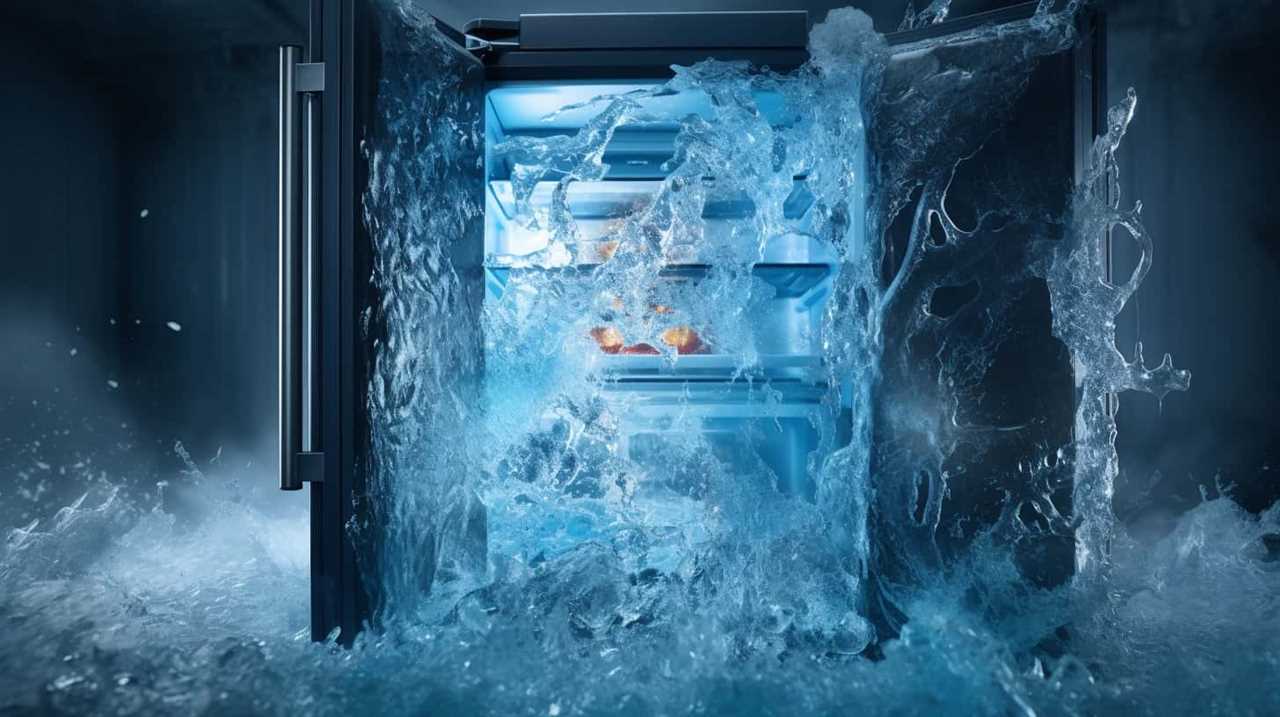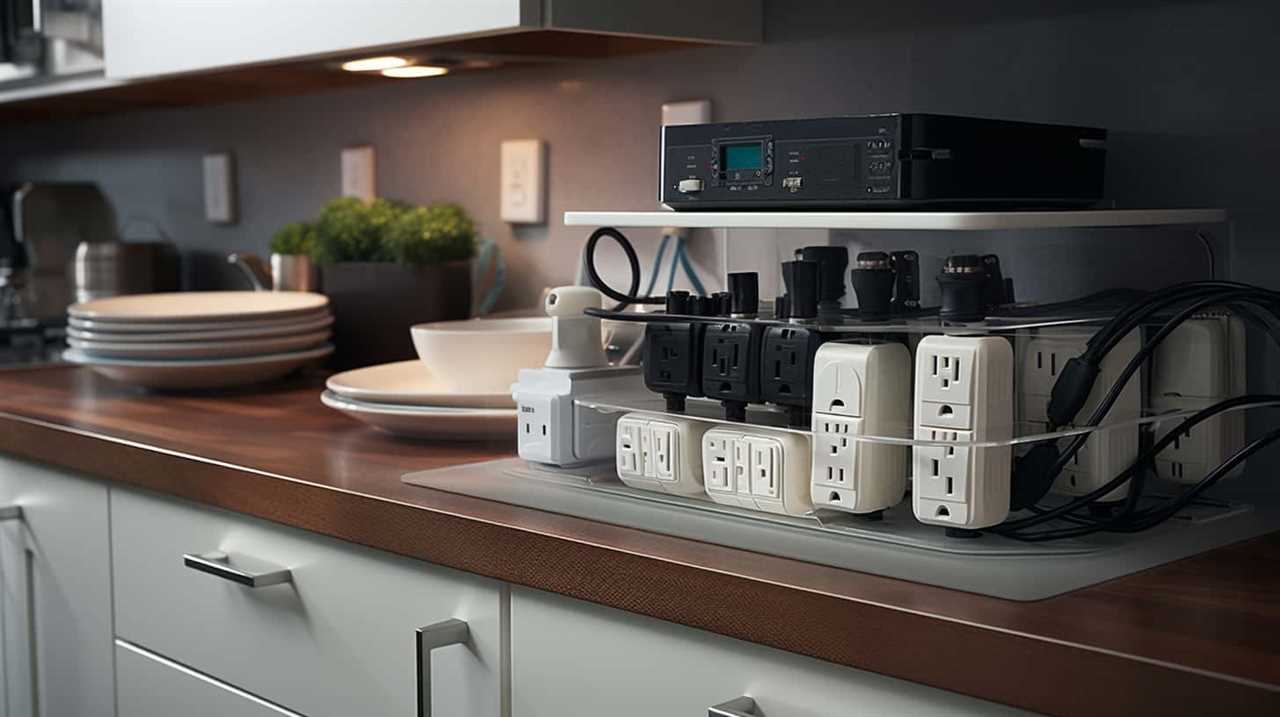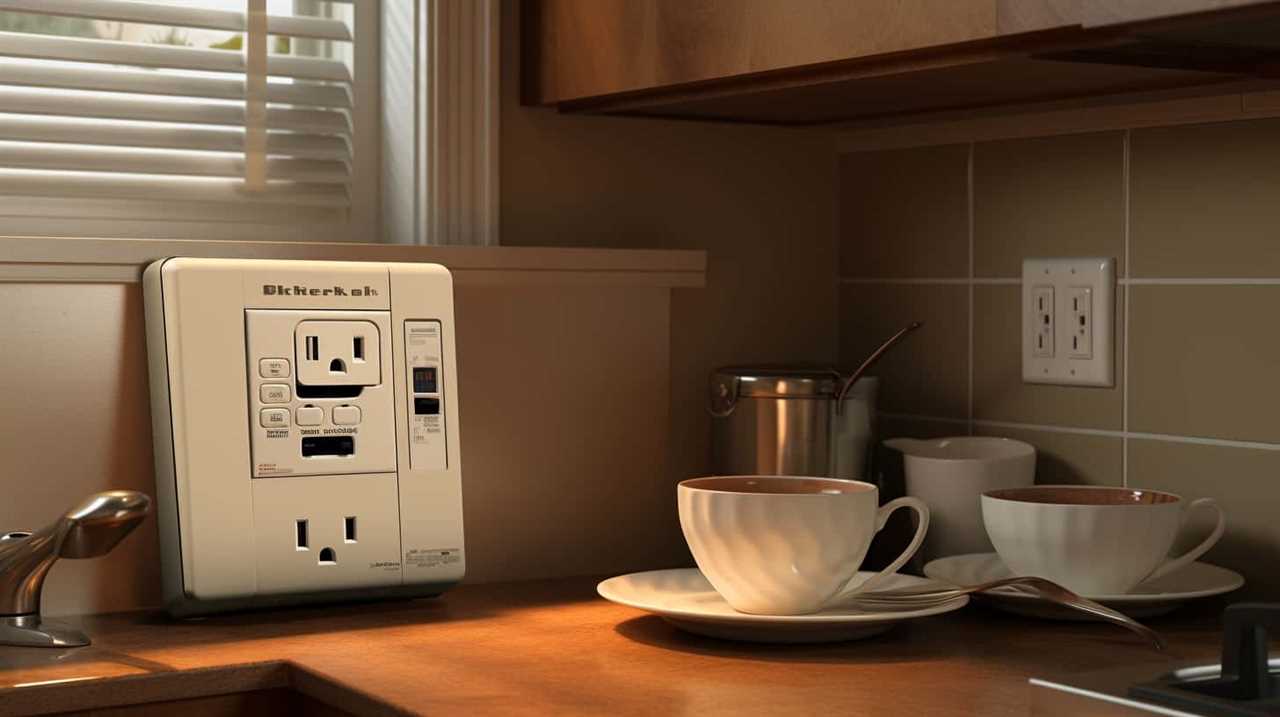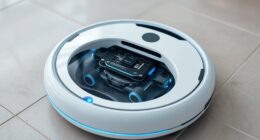Carbon monoxide is a colorless, odorless gas that can be lethal if undetected. It is frequently linked to the burning of fossil fuels like gas or oil, and poses a significant risk for individuals using appliances powered by these fuels.
However, there is a misconception that electric appliances can also produce carbon monoxide. This article aims to provide clarity on the topic and debunk the myth surrounding electric appliances and carbon monoxide.
By examining the science behind carbon monoxide formation and understanding the safety measures implemented in electric appliances, we will explore the truth about the risks, or lack thereof, posed by electric stoves, ovens, heaters, and dryers.
Key Takeaways
- Electric appliances do not produce carbon monoxide.
- Electric appliances are powered by clean electricity.
- Carbon monoxide detectors are not necessary for electric appliances.
- Choosing electric appliances reduces the risk of carbon monoxide poisoning.
Understanding Carbon Monoxide
Carbon monoxide is a colorless and odorless gas that is emitted by certain appliances and is of utmost concern due to its potentially lethal nature.

Exposure to carbon monoxide can lead to carbon monoxide poisoning, a condition that occurs when the gas builds up in the bloodstream and replaces oxygen.
The health effects of carbon monoxide poisoning can range from mild symptoms such as headache, dizziness, and nausea to more severe outcomes like loss of consciousness, organ damage, and even death.
The gas interferes with the body’s ability to transport oxygen, leading to tissue damage and potentially irreversible harm.
It is crucial to recognize the signs and symptoms of carbon monoxide poisoning and take immediate action to prevent further exposure and seek medical attention.

How Does Carbon Monoxide Form
The formation of carbon monoxide is facilitated by the incomplete combustion of organic materials. When fuels such as gas, oil, coal, or wood are burned without sufficient oxygen, carbon monoxide is produced. This colorless, odorless gas is highly toxic and can be deadly if inhaled in high concentrations.
Carbon monoxide poisoning occurs when it accumulates in enclosed spaces, such as homes or vehicles, and people breathe it in. The health effects can range from mild symptoms such as headaches, dizziness, and nausea, to more severe consequences like confusion, loss of consciousness, or even death.
It is crucial to have proper ventilation and functioning appliances to prevent the formation and accumulation of carbon monoxide, as well as to install carbon monoxide detectors to ensure early detection and prevention of carbon monoxide poisoning.
Common Sources of Carbon Monoxide
Electric appliances do not emit carbon monoxide. However, it is important to be aware of common sources of carbon monoxide in order to prioritize appliance safety. Some common sources of carbon monoxide include fuel-burning appliances such as furnaces, water heaters, and stoves. These appliances can produce carbon monoxide if they are not properly maintained or if there is a malfunction. Other potential sources include fireplaces, chimneys, and vehicles.

It is crucial to have carbon monoxide detectors installed in your home, especially near bedrooms and common areas. These detectors can detect the presence of carbon monoxide and alert you to potential danger. By being aware of the common sources of carbon monoxide and taking necessary precautions such as installing carbon monoxide detectors, you can ensure the safety of your household.
Moving forward, let’s explore the myth surrounding electric appliances and their relation to carbon monoxide.
Debunking the Myth: Electric Appliances
Electric appliances, such as stoves, ovens, and heaters, are often believed to produce carbon monoxide (CO) emissions. However, this is a myth. Unlike gas-powered appliances, electric appliances do not burn fuel, and therefore, they do not produce carbon monoxide.
It is important to debunk this misconception to ensure accurate understanding of the sources of carbon monoxide in order to prevent potential health risks.

No CO Emissions
Electric appliances do not produce carbon monoxide emissions, debunking the myth that they contribute to CO poisoning. This is an important fact to consider, especially for those concerned about the safety of their homes. Here are five key reasons why electric appliances do not emit carbon monoxide:
- Electric appliances do not burn fuel, which is the primary source of carbon monoxide emissions.
- Unlike gas appliances, electric appliances do not require a flame for operation, eliminating the risk of incomplete combustion and CO production.
- Electric appliances are powered by electricity, which is a clean and efficient energy source with no byproducts that can lead to carbon monoxide poisoning.
- Carbon monoxide detectors are not necessary for electric appliances since they do not emit this toxic gas.
- By choosing electric appliances, individuals can significantly reduce the risk of carbon monoxide poisoning in their homes.
Understanding the absence of CO emissions from electric appliances is crucial when comparing them to gas appliances.
Electric Vs Gas
When comparing the safety and emissions of different types of appliances, it is important to debunk the myth that electric appliances contribute to carbon monoxide poisoning. Unlike gas appliances, electric appliances do not burn fuel to generate heat or produce energy. Therefore, they do not produce carbon monoxide as a byproduct of combustion.
Electric appliances operate by converting electrical energy into the desired form of energy, such as heat or light. This process is highly efficient and does not release any harmful gases into the environment. Furthermore, electric appliances do not require a ventilation system for exhaust gases, reducing the risk of leaks or exposure to carbon monoxide.
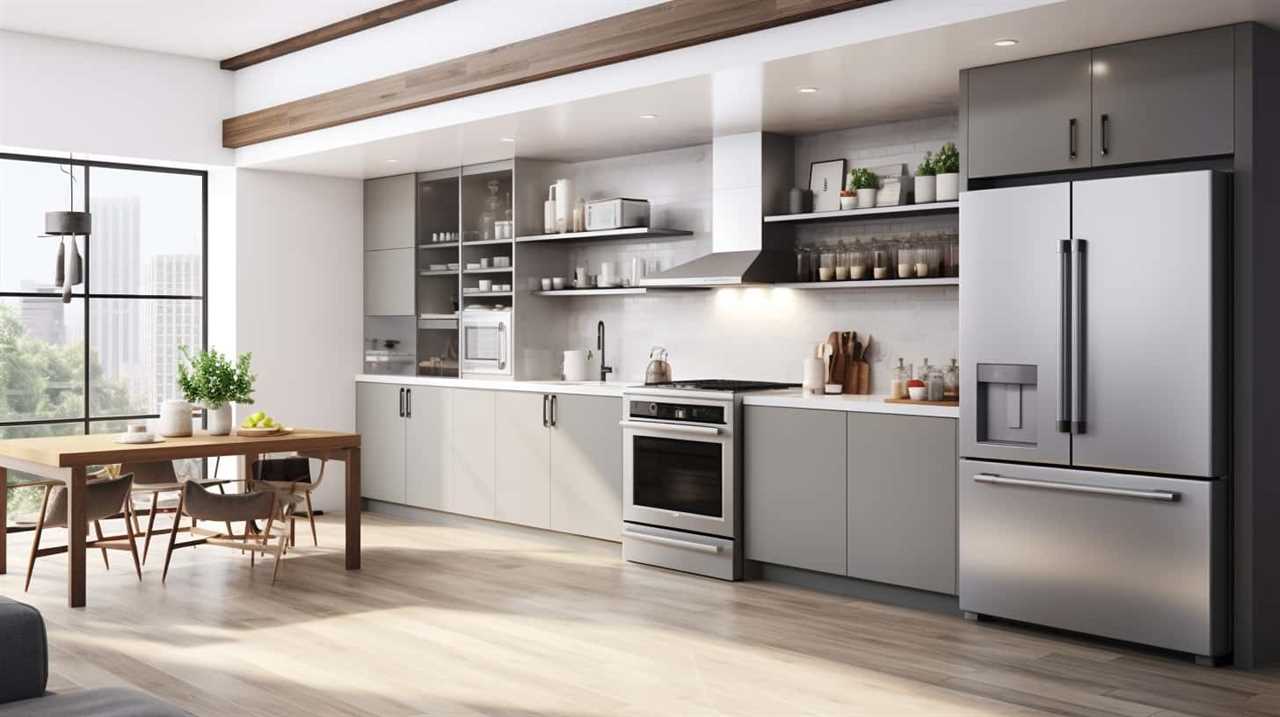
In terms of appliance safety, electric appliances provide a significant advantage over gas appliances by eliminating the potential for carbon monoxide emissions.
The Safety of Electric Stoves and Ovens
The safety of stoves and ovens powered by electricity is a crucial aspect to consider. When it comes to electric stove maintenance, there are a few key points to keep in mind:
- Regular cleaning: Keeping the stove and oven clean from grease and food particles can prevent potential hazards.
- Proper ventilation: Ensuring that the area around the stove is properly ventilated can help prevent the buildup of heat.
- Checking for damaged cords: Damaged cords can pose a risk of electrical fires, so it is important to inspect them regularly.
- Monitoring temperature control: Electric stoves and ovens should be equipped with accurate temperature control mechanisms to prevent overheating.
- Using appropriate cookware: Using cookware that is suitable for electric stoves can prevent accidents and ensure efficient cooking.
Understanding these maintenance practices can help ensure the safe use of electric stoves and ovens.
Now, let’s move on to discussing whether electric heaters pose any risks.
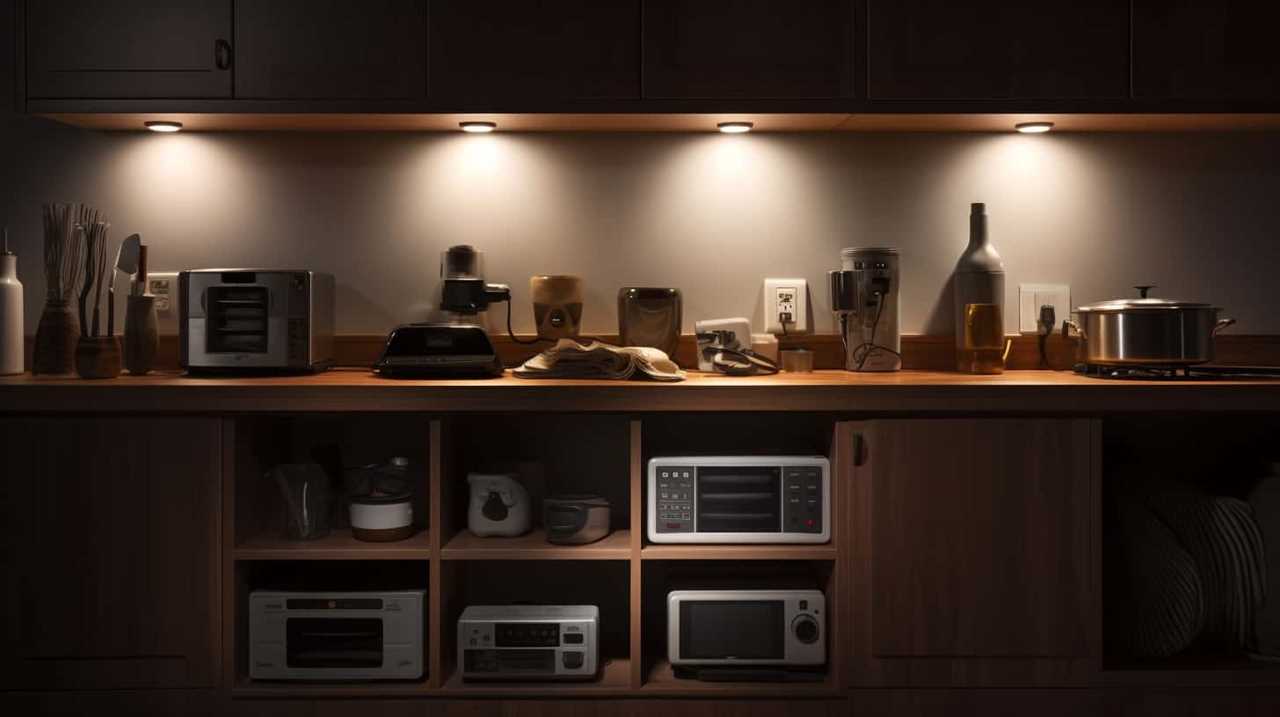
Are Electric Heaters a Risk
Electric heaters are commonly used for heating purposes in homes and workplaces. However, their safety in terms of carbon monoxide (CO) risk and appliance ventilation concerns is a topic of interest.
This discussion aims to analyze the potential risks associated with electric heaters, including the possibility of CO emissions and the importance of proper ventilation to ensure safe usage.
Electric Heater Safety
Electric heaters pose potential safety risks that require careful consideration. When it comes to electric heater safety, it is important to prioritize regular maintenance to ensure proper functioning and minimize the risk of accidents. Additionally, understanding the efficiency of electric heaters can help users make informed decisions about their usage.
Here are some key points to consider:
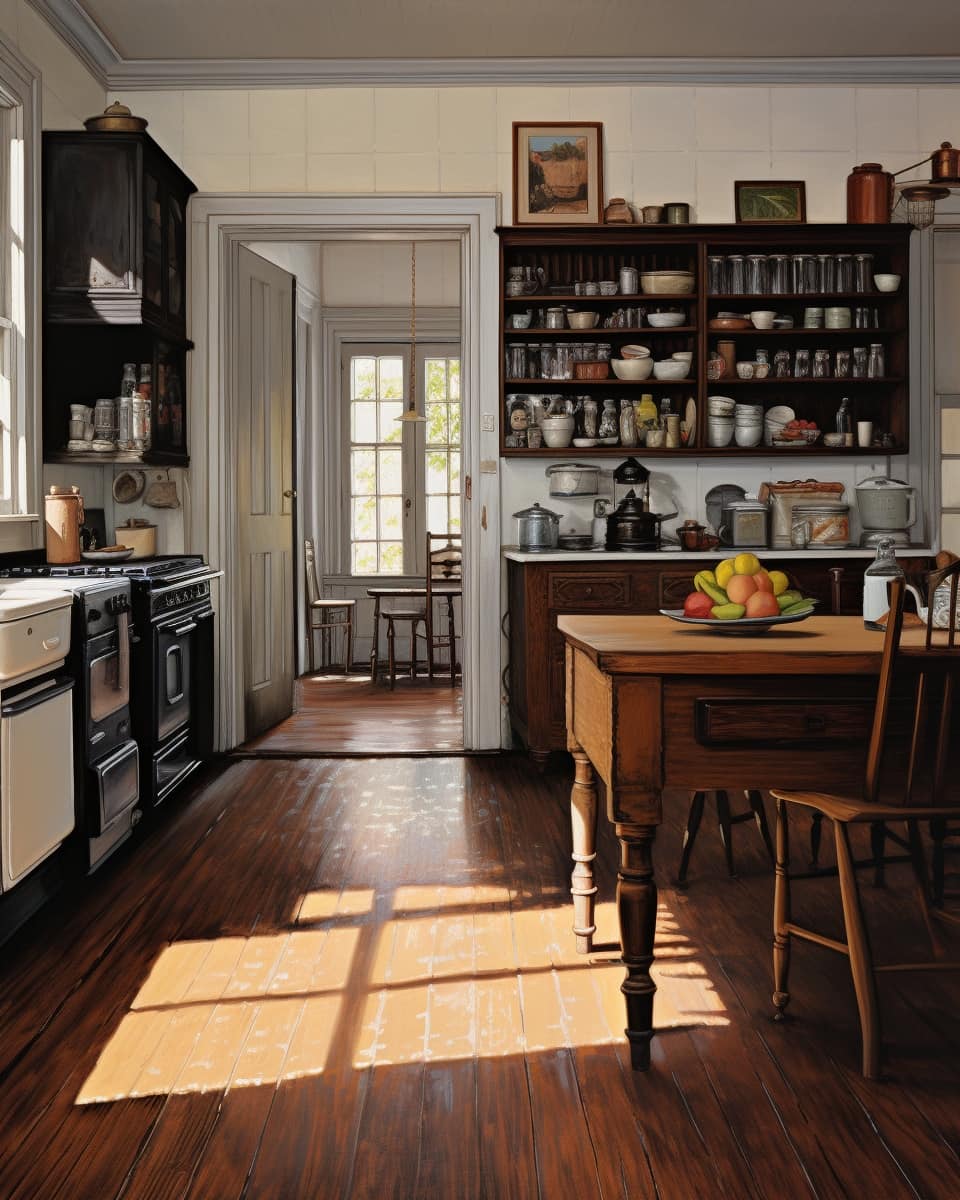
- Regular maintenance: Cleaning and inspecting electric heaters regularly can help identify any potential issues and prevent hazards.
- Overheating prevention: Ensuring proper ventilation and avoiding the use of flammable materials near electric heaters can reduce the risk of overheating and fire hazards.
- Electrical safety: Checking cords and plugs for any damages and avoiding overloading electrical circuits are important steps to prevent electrical accidents.
- Placement considerations: Placing electric heaters away from curtains, furniture, and other flammable objects can reduce the risk of fire.
- Energy efficiency: Understanding the energy efficiency of electric heaters can help users save on energy costs and reduce their environmental impact.
Carbon Monoxide Risk
When considering the risk of carbon monoxide, it is crucial to evaluate the safety of electric heaters. Unlike fuel-burning appliances, electric heaters do not produce carbon monoxide during their operation. This is because they do not burn any fuel, but rather use electricity to generate heat. Therefore, the risk of carbon monoxide poisoning from electric heaters is extremely low.
However, it is important to note that faulty wiring or malfunctioning components can pose a fire hazard. To ensure safety, it is recommended to regularly inspect and maintain electric heaters, and to install carbon monoxide detectors in the vicinity of any fuel-burning appliances in the household.
Symptoms of carbon monoxide poisoning include headache, dizziness, nausea, confusion, and even loss of consciousness. Prompt action should be taken if these symptoms are experienced, including seeking fresh air and medical attention.
Appliance Ventilation Concerns?
In considering the safety of electric heaters, it is important to address any concerns regarding appliance ventilation and potential risks. Proper appliance installation and ventilation play a critical role in ensuring the safe operation of electric heaters.

Here are some important points to consider:
- Adequate ventilation is necessary to prevent the buildup of carbon monoxide and other harmful gases.
- Improper installation or blocked vents can lead to poor ventilation and increase the risk of carbon monoxide poisoning.
- Regular inspection and maintenance of ventilation systems are essential to ensure proper airflow.
- It is crucial to follow manufacturer’s guidelines for installation and maintenance of electric heaters.
- Consulting a professional technician for proper installation and ventilation can help mitigate the risks associated with electric heaters.
Understanding the importance of appliance ventilation and proper installation is crucial to ensure the safe use of electric heaters.
Now, let’s explore the topic of electric dryers and carbon monoxide.
Electric Dryers and Carbon Monoxide
One potential concern regarding the presence of carbon monoxide is the use of electric dryers. Unlike gas dryers, electric dryers do not produce carbon monoxide as they operate solely on electricity. This eliminates the risk of carbon monoxide poisoning associated with gas dryers.

However, it is important to note that electric dryers still require proper maintenance and upkeep to ensure their efficiency and safe operation. Regular cleaning of lint filters and exhaust vents is essential to prevent lint buildup, which can lead to reduced efficiency and potential fire hazards. Additionally, proper installation and venting of electric dryers is crucial to prevent any potential issues.
By following recommended maintenance practices, electric dryer users can enjoy the benefits of efficient and safe drying without the risk of carbon monoxide exposure.
In the following section, we will discuss the conclusion: the truth about electric appliances and carbon monoxide.
Conclusion: The Truth About Electric Appliances and Carbon Monoxide
To summarize, it is evident that electric appliances do not contribute to the production of carbon monoxide, making them a safe choice for households concerned about carbon monoxide exposure.

When considering electric appliance safety and carbon monoxide exposure, the following points should be noted:
- Electric appliances, such as stoves, ovens, and dryers, operate using electricity and do not burn fuel, eliminating the risk of carbon monoxide production.
- This makes electric appliances a reliable option for households, as the absence of combustion reduces the potential for carbon monoxide leaks.
- Electric appliances also have built-in safety features, such as automatic shut-off mechanisms, to further minimize the risk of carbon monoxide exposure.
- Regular maintenance and inspection of electric appliances are still necessary to ensure their proper functioning and prevent any potential electrical hazards.
- It is crucial to educate oneself about the dangers of carbon monoxide and the appropriate safety measures to be taken to mitigate the risks associated with fuel-burning appliances.
Frequently Asked Questions
Can Electric Appliances Produce Carbon Monoxide?
Electric appliances do not produce carbon monoxide. However, they can indirectly affect air quality by emitting other pollutants or contributing to indoor pollution. Understanding the impact of electric appliances on indoor pollution is crucial for maintaining good air quality.
What Are the Potential Dangers of Electric Appliances in Relation to Carbon Monoxide?
Potential health risks associated with electric appliances in relation to carbon monoxide include the possibility of faulty ventilation systems or combustion processes. Regular maintenance is crucial to ensure proper functioning and prevent any potential dangers.
Are There Any Safety Precautions to Take With Electric Appliances to Prevent Carbon Monoxide Poisoning?
To prevent carbon monoxide poisoning from electric appliances, it is important to implement safety measures such as ensuring proper ventilation, regularly inspecting appliances for leaks or malfunctions, and installing carbon monoxide detectors. These precautions can mitigate the risk of exposure to this toxic gas.
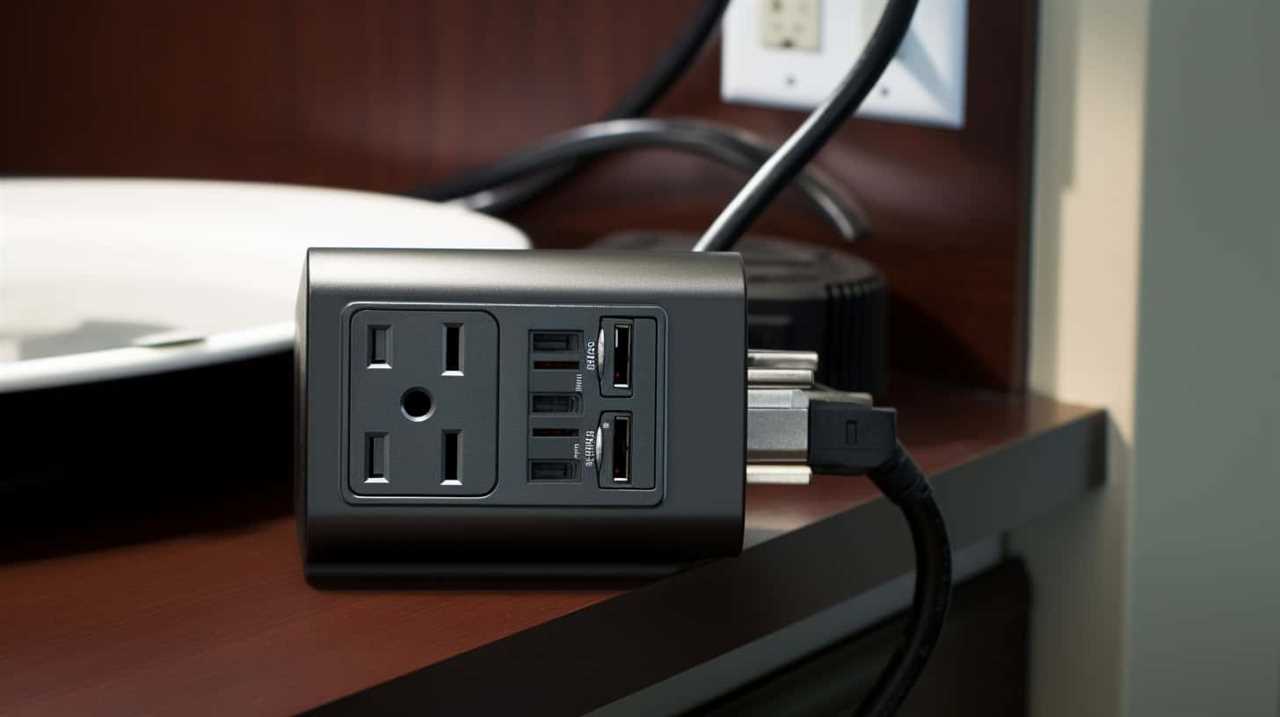
Can Faulty Wiring in Electric Appliances Lead to Carbon Monoxide Emissions?
Faulty wiring in electric appliances can potentially lead to carbon monoxide emissions. Regular maintenance of appliances and installation of carbon monoxide detectors are crucial safety precautions to detect and prevent such emissions.
How Can I Detect if There Is Carbon Monoxide Present in My Home, Even With Electric Appliances?
To detect carbon monoxide in your home, regardless of electric appliances, use carbon monoxide detectors strategically placed in your living spaces. Be aware of signs of carbon monoxide poisoning, such as headaches, dizziness, and nausea, and seek immediate medical attention if symptoms arise.
Conclusion
In conclusion, electric appliances do not produce carbon monoxide. Carbon monoxide is primarily formed by the incomplete combustion of fossil fuels, such as gas or oil. Electric stoves, ovens, heaters, and dryers do not burn any fuel, making them safe and free from carbon monoxide emissions.
It is important to understand the sources of carbon monoxide to ensure the safety of our homes. Interestingly, according to the Centers for Disease Control and Prevention, carbon monoxide poisoning is responsible for an average of 430 deaths in the United States each year.




